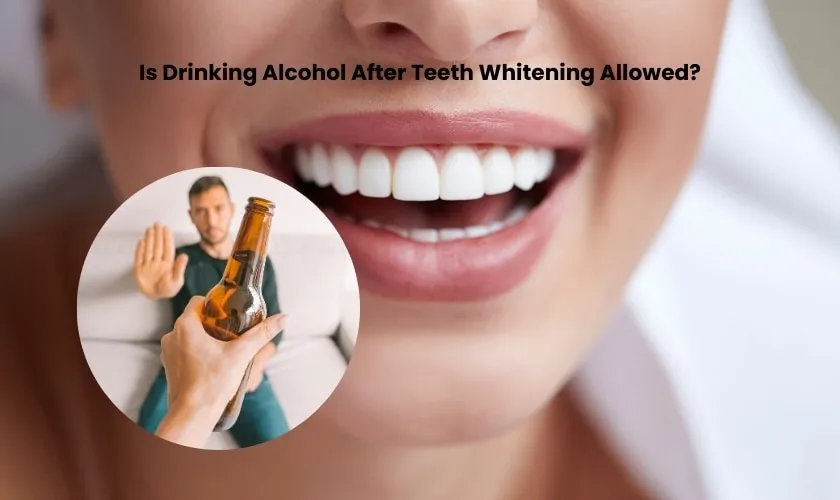Understanding Teeth Whitening and Rubbing Alcohol
The pursuit of a brighter, whiter smile is a common desire, leading many individuals to explore various teeth whitening methods. From over-the-counter products to professional treatments, the options are diverse. However, the use of unconventional methods like rubbing alcohol for teeth whitening has raised significant concerns. This article will explore the science behind teeth whitening, the purported role of rubbing alcohol in this process, the associated risks, and safer alternatives. Understanding the facts is crucial for making informed decisions about your oral health. Teeth whitening essentially involves removing stains and discoloration from the enamel surface, restoring the natural whiteness of the teeth. Many factors contribute to tooth discoloration, including genetics, aging, diet, and lifestyle choices like smoking. Methods to combat this discoloration range from simple at-home remedies to complex in-office procedures.
The Science Behind Teeth Whitening
Teeth whitening works by utilizing bleaching agents, typically hydrogen peroxide or carbamide peroxide, which penetrate the enamel and dentin to break down stain molecules. These bleaching agents oxidize the stain compounds, rendering them less visible and resulting in a lighter tooth shade. The effectiveness of the whitening process depends on factors such as the concentration of the bleaching agent, the duration of treatment, and the nature of the stains. Surface stains, caused by food and drinks, are generally easier to remove compared to intrinsic stains, which originate from within the tooth structure. Professional treatments often involve higher concentrations of bleaching agents and may incorporate techniques like laser activation to accelerate the whitening process. The process can sometimes lead to temporary tooth sensitivity as the bleaching agents can affect the tooth’s nerves.
The Role of Rubbing Alcohol
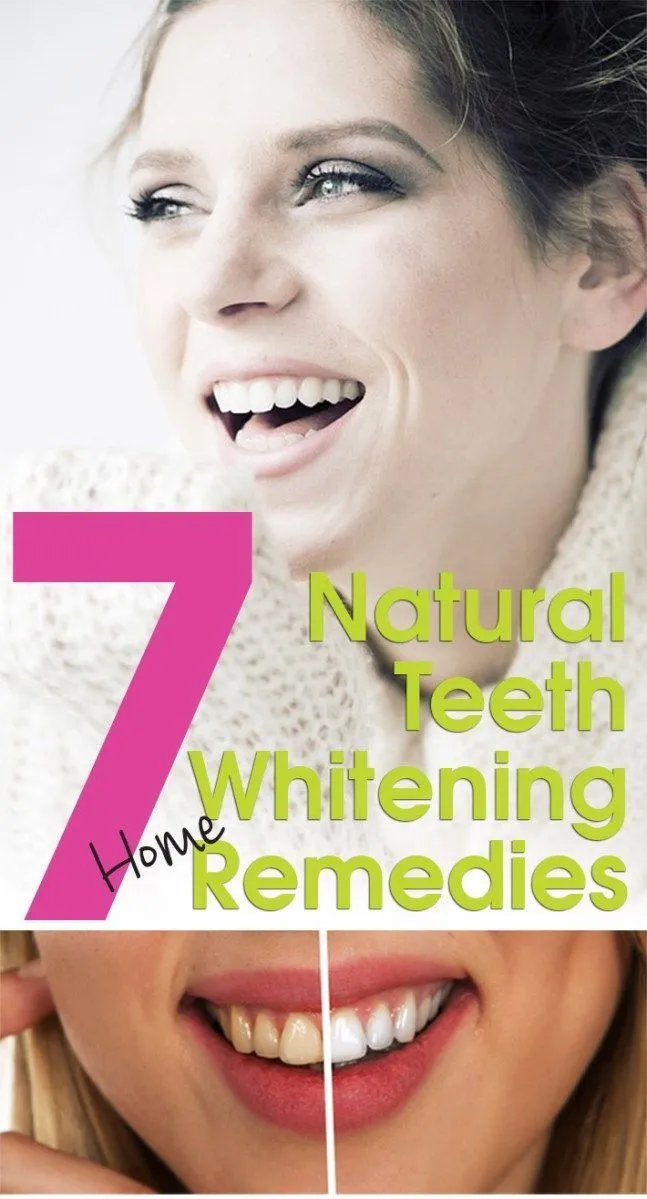
Rubbing alcohol, or isopropyl alcohol, is a common household disinfectant and cleaning agent. It is not designed or intended for use in the human mouth. Some individuals mistakenly believe that rubbing alcohol can whiten teeth due to its ability to remove surface stains or its antiseptic properties. However, rubbing alcohol is not a bleaching agent, and its use on teeth carries significant risks. Its primary function is to kill bacteria and sanitize surfaces, not to alter the color of teeth. Any perceived whitening effect would likely be superficial, possibly resulting from temporary stain removal but not actual whitening. The chemical composition of rubbing alcohol makes it unsuitable for oral use, and its use could lead to several adverse health outcomes.
Is Rubbing Alcohol Safe for Teeth?
The short answer is no rubbing alcohol is not safe for your teeth. Rubbing alcohol is a harsh chemical that can cause significant damage to the teeth and gums. Its use in the mouth can lead to a variety of adverse effects, including the erosion of enamel, which protects the teeth from decay. Furthermore, rubbing alcohol can irritate and damage the soft tissues of the mouth, leading to inflammation, pain, and an increased risk of infection. Swallowing rubbing alcohol can also be extremely dangerous, causing poisoning and other serious health problems. There is no scientific evidence to support the safety or efficacy of using rubbing alcohol for teeth whitening or any other oral health purpose, and it is strongly advised against. It is critical to prioritize dental health over risky, unproven methods.
Potential Risks of Using Rubbing Alcohol
Using rubbing alcohol on teeth carries a host of potential risks. One of the most significant is the erosion of tooth enamel, the hard outer layer that protects teeth from decay and sensitivity. Rubbing alcohol can weaken the enamel, making teeth more vulnerable to cavities and other dental problems. It can also irritate and damage the gums and other soft tissues in the mouth. This can result in pain, swelling, and an increased risk of infection. Ingesting rubbing alcohol, even in small amounts, can lead to poisoning, with symptoms including nausea, vomiting, abdominal pain, and in severe cases, coma or death. Additionally, the use of rubbing alcohol may disrupt the natural balance of bacteria in the mouth, potentially leading to oral health issues. The risks far outweigh any perceived benefits.
Side Effects to Watch Out For
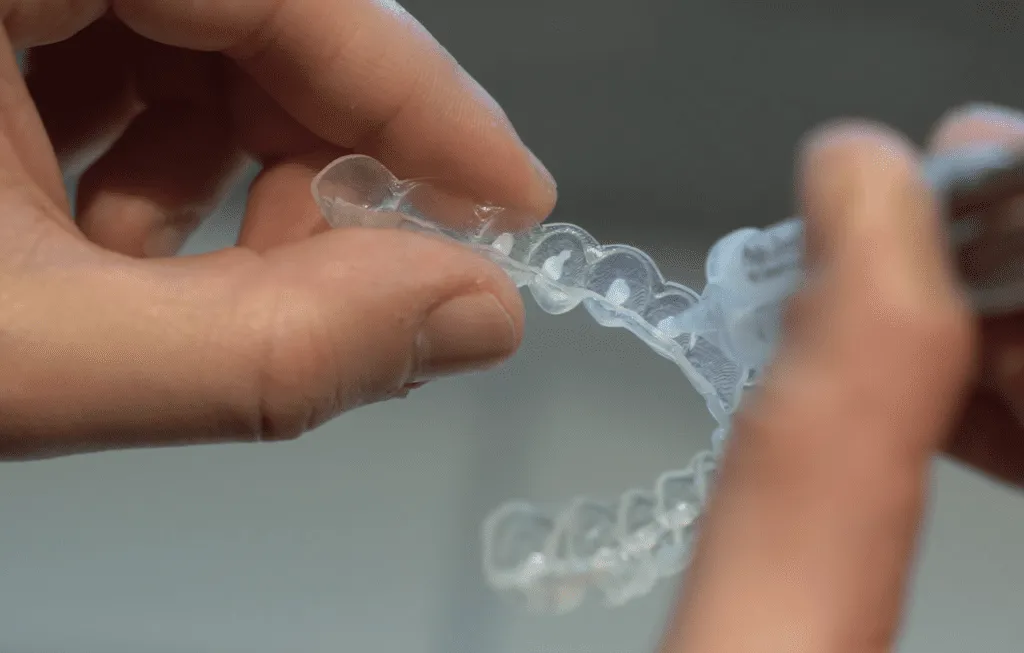
If you have used rubbing alcohol on your teeth, be vigilant for any adverse side effects. Common symptoms include:
Irritation of the gums, which may appear red, swollen, and painful. Increased tooth sensitivity, especially to hot or cold foods and drinks. A burning sensation in the mouth. Changes in taste, or an unpleasant aftertaste. Nausea or vomiting if any alcohol was swallowed. If you experience any of these symptoms, it is crucial to stop using rubbing alcohol immediately and consult a dentist or medical professional. Ignoring these symptoms can lead to more serious complications and long-term damage to your oral health.
Expert Opinions on Rubbing Alcohol and Teeth
Dentists and oral health professionals universally advise against using rubbing alcohol for teeth whitening or any other oral hygiene purpose. Their recommendations are based on scientific evidence and a thorough understanding of dental health. Experts highlight the lack of any proven benefits and emphasize the potential for harm. They stress the importance of using only products that are specifically designed and approved for oral use. Reputable dentists can provide professional teeth whitening treatments, which are safe and effective, or recommend over-the-counter products that are safe and effective. The consensus among dental professionals is clear using rubbing alcohol for teeth whitening is not only ineffective but also potentially dangerous, and that safer alternatives should always be chosen.
Why Professionals Advise Against It
Professional dentists strongly discourage the use of rubbing alcohol for teeth whitening. The main reasons are based on: Lack of effectiveness, because rubbing alcohol does not contain any bleaching agents and cannot alter the color of teeth in the same way that whitening products do. The potential for harm, which includes enamel erosion, gum irritation, and the risk of poisoning if swallowed. Professional recommendations from dentists are focused on providing evidence-based treatments. They are also trained to provide the best oral care and to protect patients from health risks. If you want to whiten your teeth or enhance your oral hygiene then consult your dentist.
Safer Alternatives for Teeth Whitening
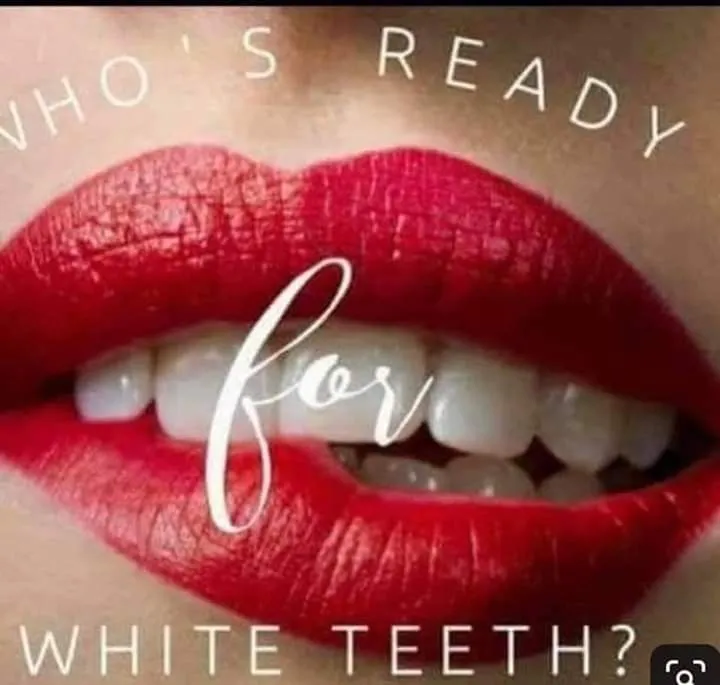
Several safe and effective alternatives exist for teeth whitening. These methods are tested and approved for use: over-the-counter whitening products, professional teeth whitening, and lifestyle adjustments. Over-the-counter options include whitening toothpaste, whitening strips, and whitening gels. These products typically contain lower concentrations of bleaching agents than professional treatments, making them safer for home use. Professional teeth whitening, performed by a dentist, involves the use of stronger bleaching agents and may also use specialized techniques like laser activation. This method is generally more effective and provides faster results. Lifestyle adjustments, such as avoiding staining foods and drinks and quitting smoking, can also help maintain a bright smile.
Over-the-Counter Whitening Products
Over-the-counter teeth whitening products are a convenient and accessible option for those seeking to brighten their smiles. These products are generally safe for use if you follow the instructions.
Whitening toothpaste, for instance, contains mild abrasives and chemicals to remove surface stains. Whitening strips are thin, flexible strips coated with a bleaching agent that adhere to the teeth. Whitening gels, applied using trays, offer a similar effect. When using any over-the-counter product, it is essential to follow the instructions carefully to avoid potential side effects such as tooth sensitivity or gum irritation. Consulting with a dentist before starting any whitening regimen can also help determine the most suitable products for your specific needs and oral health.
Professional Teeth Whitening Options
Professional teeth whitening, administered by a dentist, provides a more powerful and effective whitening treatment. These treatments often use higher concentrations of bleaching agents, which can produce more dramatic results. Professional options include in-office whitening, where a dentist applies the whitening agent directly to the teeth and may use a special light or laser to enhance the bleaching process. Custom-fitted trays, provided by your dentist, can also be used at home with a stronger whitening gel. Professional teeth whitening offers several advantages, including faster results, more precise application, and the guidance of a dental professional. The dentist can also assess your oral health to ensure that whitening is safe and appropriate for your teeth and gums. Professional teeth whitening is the safest and most effective option.
How to Maintain a Bright Smile
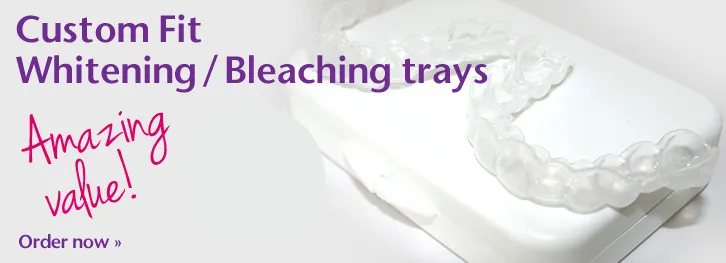
Maintaining a bright smile requires a combination of good oral hygiene practices, mindful dietary choices, and regular dental check-ups. Brushing your teeth twice a day with fluoride toothpaste helps remove plaque and stains. Flossing daily is essential for removing food particles and bacteria from between teeth and under the gumline. Regular dental check-ups and cleanings are also crucial for detecting and addressing any oral health issues, as well as for removing any stubborn stains. Avoiding staining foods and beverages, such as coffee, tea, red wine, and dark-colored berries, can also help prevent discoloration. If you consume these items, brushing your teeth or rinsing your mouth afterward can minimize their impact. Quitting smoking is another critical step, as smoking stains teeth and increases the risk of other oral health problems.
Daily Oral Hygiene Practices
Daily oral hygiene practices are the cornerstone of maintaining a healthy and bright smile. This involves a combination of effective brushing and flossing techniques. Brushing your teeth at least twice a day with fluoride toothpaste is essential for removing plaque and preventing cavities. Use gentle, circular motions, ensuring that you brush all surfaces of your teeth, including the front, back, and chewing surfaces. Flossing at least once a day is equally important to remove food particles and plaque from between your teeth, where your toothbrush cannot reach. Consider using an antibacterial mouthwash to further reduce bacteria and freshen your breath. Regular dental check-ups and cleanings are an essential part of oral hygiene. Professional cleanings remove plaque and tartar build-up that brushing and flossing cannot remove. Following these daily oral hygiene practices is the best way to keep your teeth healthy and bright.
Dietary Considerations
Diet plays a significant role in the appearance of your teeth. Certain foods and drinks are known to stain teeth, including coffee, tea, red wine, dark-colored berries, and soy sauce. Limiting the consumption of these staining agents can help prevent discoloration. If you do consume these items, rinsing your mouth with water after consumption can help minimize their impact. Consuming a balanced diet rich in calcium and other nutrients is also essential for maintaining strong and healthy teeth. Crunchy fruits and vegetables, such as apples and carrots, can act as natural teeth cleaners by helping to remove plaque and stimulating saliva production. Drinking plenty of water throughout the day helps to wash away food particles and keep your mouth hydrated. Being mindful of your diet and making smart food choices is an important part of maintaining a bright smile.
Frequently Asked Questions About Teeth Whitening
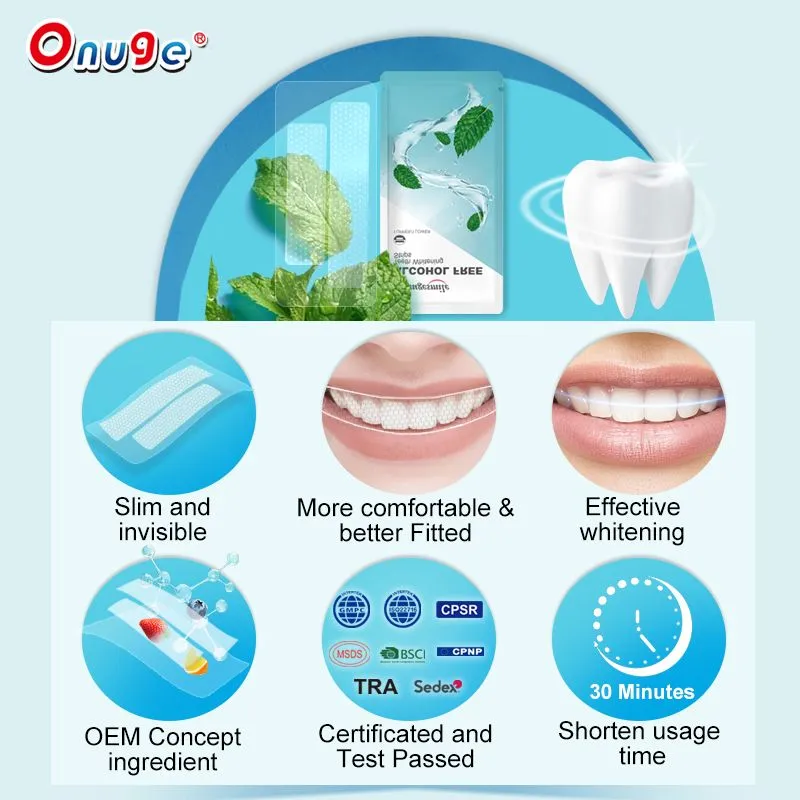
There are many questions about teeth whitening. Here are some of the most common ones:
Is teeth whitening safe? Teeth whitening, especially professional treatments, are generally safe when performed by a qualified dental professional. However, some over-the-counter products can lead to side effects. How long does teeth whitening last? The results of teeth whitening can vary depending on the method used and your lifestyle habits. Results can last from several months to a few years. Does teeth whitening damage the enamel? Overuse or misuse of teeth whitening products can damage tooth enamel. Consulting with a dentist is always recommended. What are the side effects of teeth whitening? Common side effects include temporary tooth sensitivity and gum irritation. It is important to follow the instructions. What are the best teeth whitening methods? The best methods depend on the individual’s needs and preferences. Professional treatments provide faster and more dramatic results, while over-the-counter products offer a convenient option. Before undergoing teeth whitening, make sure you speak with your dentist for advice.
Can Rubbing Alcohol Remove Stains?
Rubbing alcohol is a cleaning agent, but it is not designed for teeth. It might remove some surface stains, but not effectively. It does not have the properties to remove the intrinsic stains that are in the teeth. However, the use of rubbing alcohol is not advised because it is harmful and causes tooth damage. The best practice is to use a trusted toothpaste and follow recommended hygiene guidelines to have a sparkling smile.
How Effective is Rubbing Alcohol Compared to Other Methods?
Rubbing alcohol is not an effective method to whiten teeth. It is not designed or meant for this purpose. Whitening products contain active ingredients that oxidize stains and can remove them. Rubbing alcohol lacks these properties and any perceived effect is likely to be superficial and temporary. Using rubbing alcohol does not come with any benefits. The risks include enamel erosion, gum irritation, and poisoning from ingestion. This makes rubbing alcohol inferior to other methods for teeth whitening. Other methods can include over-the-counter products or professional treatments.
Where Can I Find More Information?
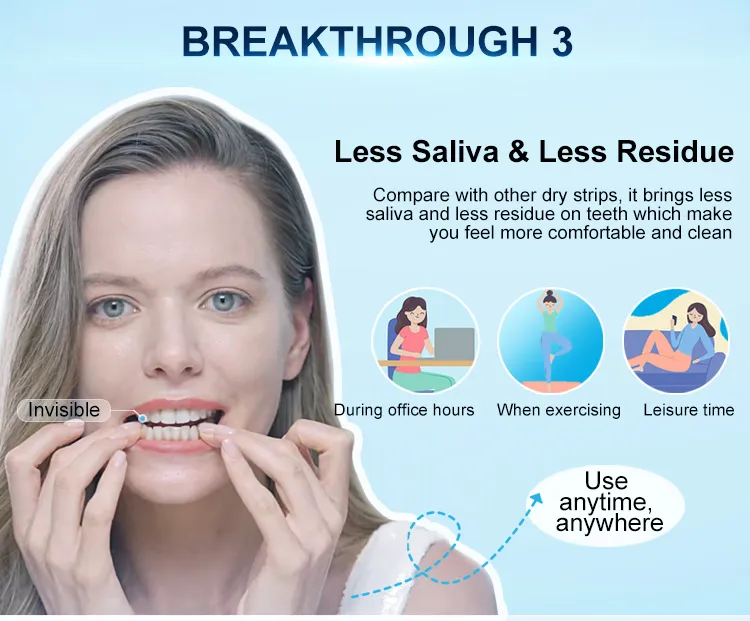
If you are looking for more information about teeth whitening and oral health, several reliable sources can provide helpful and trustworthy insights. Consult with your dentist to discuss your specific needs and concerns. The American Dental Association (ADA) offers information on various dental topics, including teeth whitening, with evidence-based recommendations. The National Institute of Dental and Craniofacial Research (NIDCR) provides valuable resources on oral health research and education. Reputable online health resources, such as the Mayo Clinic and the Cleveland Clinic, also offer comprehensive information on dental care. Always verify the source and ensure the information is from a trusted source. This ensures that you get accurate and scientifically backed advice about teeth whitening.
Consulting with a Dentist
The most important step when considering teeth whitening is consulting with a dentist. They can assess your oral health, determine the cause of your tooth discoloration, and recommend the most appropriate whitening method for your needs. Your dentist can also identify any potential risks or contraindications, such as tooth decay, gum disease, or existing dental work. They can provide professional teeth whitening treatments, which are safe and effective, or recommend over-the-counter products that are suitable for you. A dentist will also provide guidance on proper oral hygiene and maintenance to help you maintain your bright smile. They can also answer your questions and address any concerns you may have about teeth whitening. Consulting with a dentist is a critical step in ensuring that you achieve the desired results safely and effectively.
